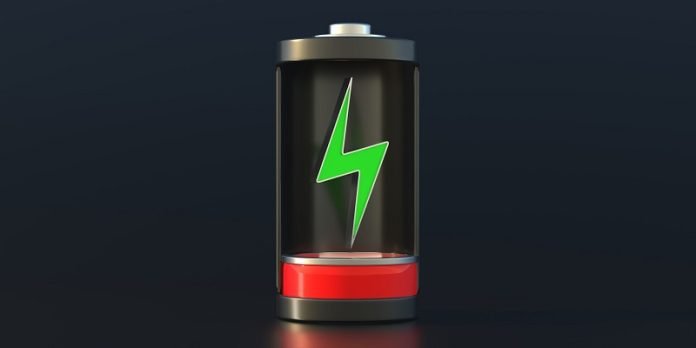
Researchers at Pohang University of Science and Technology (POSTECH) have made a breakthrough in creating a stable and commercially viable gel electrolyte for lithium batteries.
This innovation, led by Professor Soojin Park, Ph.D. candidate Seoha Nam, and Dr. Hye Bin Son from the Department of Chemistry, was recently published in the journal Small.
Lithium-ion batteries are widely used in portable electronics and electric vehicles. However, the liquid electrolytes in these batteries pose significant fire and explosion risks.
To make these batteries safer, researchers have been exploring alternatives, including semi-solid-state batteries. These batteries use a gel-like electrolyte, which improves stability, energy density, and battery lifespan.
Traditional methods for creating gel electrolytes require prolonged heat treatment at high temperatures. This can degrade the electrolyte, reducing battery performance and increasing production costs.
Additionally, the interface resistance between the semi-solid electrolyte and the electrode has been a significant challenge.
Previous attempts to apply these alternatives in commercial battery production faced difficulties due to complex fabrication methods and issues with large-scale applications. However, Professor Soojin Park’s team has addressed these challenges using a bifunctional cross-linkable additive (CIA), dipentaerythritol hexaacrylate (DPH), combined with electron beam (e-beam) technology.
The conventional process for manufacturing pouch-type batteries includes steps like electrode preparation, electrolyte injection, assembly, activation, and degassing.
The researchers enhanced the functionality of DPH by introducing an additional e-beam irradiation step after degassing.
The CIA served two purposes: it facilitated a stable interface between the anode and cathode during activation, and it acted as a crosslinker to form a polymer structure during the e-beam irradiation process.
The team’s new pouch-type battery with a gel electrolyte significantly reduced gas generation during initial charging and discharging, achieving a 2.5-fold decrease compared to conventional batteries. It also minimized interfacial resistance due to the strong compatibility between electrodes and the gel electrolyte.
To test their innovation, the researchers developed a high-capacity battery of 1.2 Ah (ampere-hour) and evaluated its performance at 55 degrees Celsius, a temperature that accelerates electrolyte decomposition.
Conventional batteries experienced substantial gas generation and rapid capacity reduction after 50 cycles. In contrast, the team’s battery showed no gas generation and maintained a 1 Ah capacity even after 200 cycles, demonstrating enhanced safety and durability.
This research is significant because it makes it possible to mass-produce safe, gel electrolyte-based batteries using existing pouch battery production lines.
Professor Soojin Park expressed optimism about the breakthrough, stating, “This achievement in stability and commercial viability is poised to be a breakthrough in the electric vehicle industry. We hope this advancement will greatly benefit not only electric vehicles but also a wide range of other applications that rely on lithium-ion batteries.”
This development marks a significant step forward in improving the safety and commercial feasibility of lithium-ion batteries, potentially revolutionizing the electric vehicle industry and beyond.
Source: KSR.



